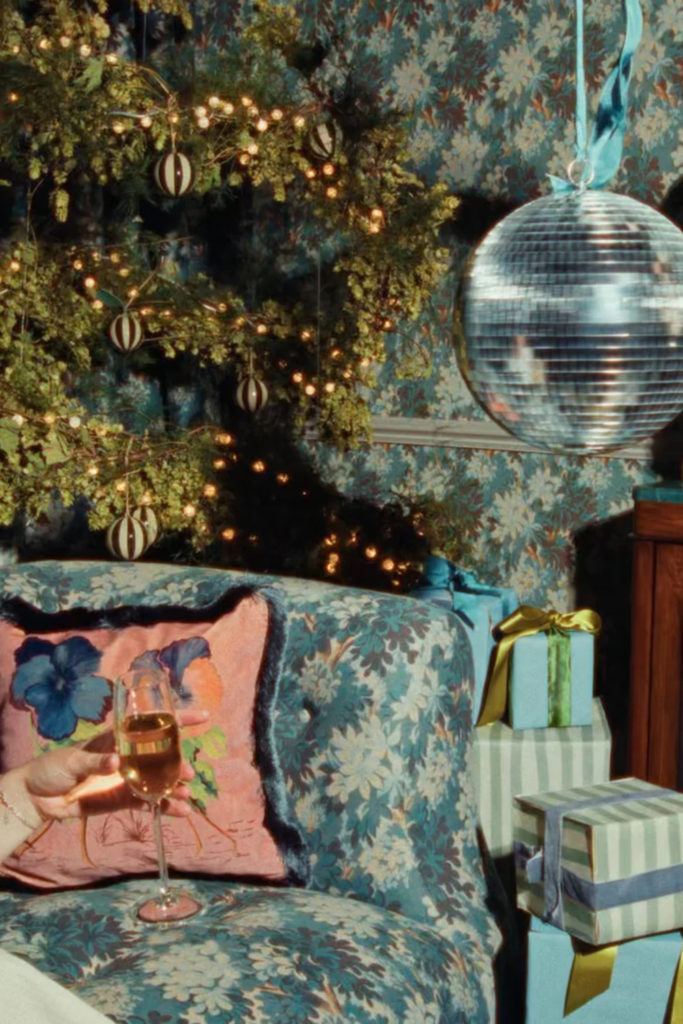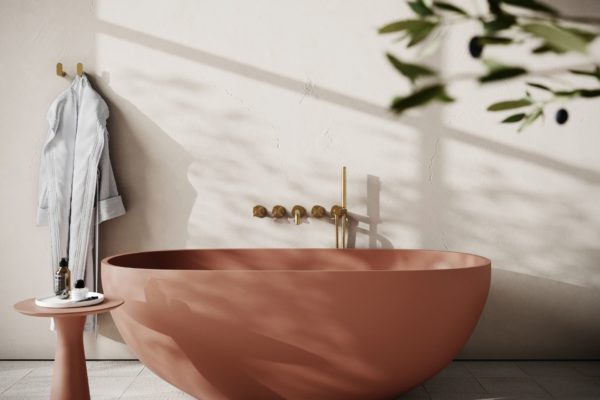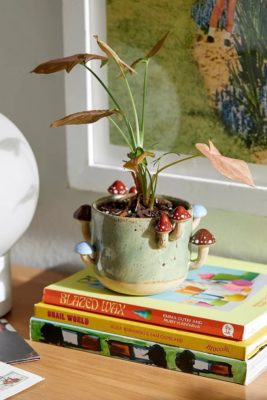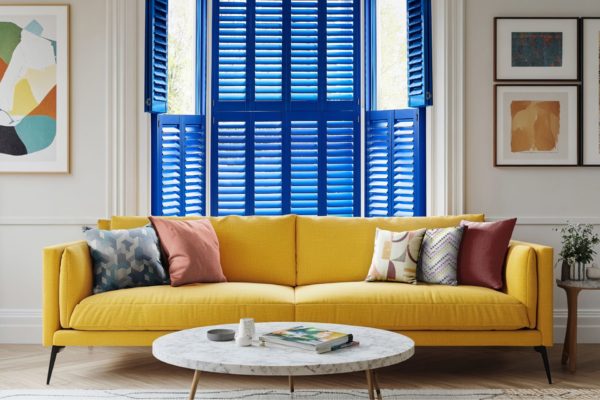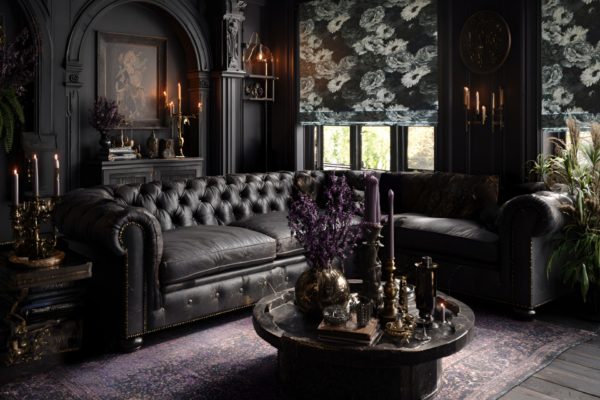
What Is 80s Art Deco – And How Does It Differ From Its 1920s Equivalent?
By
3 months ago
This aesthetic is all about unapologetic statement-making
A century on from the height of the jazz age, Art Deco is one of the biggest interiors trends of 2025 – but while love for its 1920s golden age remains strong, 80s Art Deco is increasingly attracting its own online buzz. Unsure what exactly the aesthetic is and how it differs from its all swinging and dancing partner that came before? We consulted the interior design experts for the answers.
80s Art Deco: How To Get The Look
Defining Art Deco
Whisper the words Art Deco and you’ll immediately conjure up images of geometric designs, rich colours, stylised lines and symmetrical patterns. Chloe Barrow, interior expert at Laura James, is unsurprised by the growing love for Art Deco in the past year. ‘As we’ve seen the rise of maximalism and dopamine decor, it was only going to be a matter of time to see Art Deco on the rise,’ she explains, ‘as these trends returning is a direct reaction to the slowing relevance of minimalism and neutral colour palettes. People are craving more personality and richer visual interest at home.’ At its crystalline core, Art Deco (the original) is defined by bold geometry: ‘Think clean, stylised lines and patterns in symmetry, paired with rich colour palettes including deep browns, emeralds, teals, and navy blues’, adds Barrow.
The History Of Art Deco
The original Art Deco aesthetic was born in the aftermath of the First World War, representing a new dawn of modernism. Designers pulled influences from the Cubism and Futurism movements as well as from ancient Egyptian and Aztec cultures, inspired by the new archaeological finds that were discovered in the era. As Michael Rolland from The Paint Shed explains, ‘You’ll see design elements from each incorporated to create a sense of glamour and sleekness in an effort for optimism and order for a new era. It’s meticulous, intricate, and very much about craftsmanship and luxury.’
What Is The Difference In 80s Art Deco?
While the Art Deco look of the inter-war years conjures up glamorous images of luxurious materials, jewel tones and rich metals, the 1980s brought about a revival that reinterpreted these same motifs through a very different lens. As Rebecca Hughes of Rebecca Hughes Interiors explains, 1980s Art Deco is less about lacquer and marble, and more soft pastel palettes, mirrored surfaces and neon: ‘Art Deco filtered through Miami beaches and pop culture’ to sum it up in a sentence. Where the 20s version championed opulence and modernity, the 80s reiteration is more about playfulness and excess in the extreme.

Knightsbridge home by OWN LONDON – Dean Hearne
Rolland adds that 1980s Deco is almost a remix of the original aesthetic. ‘It borrows the curves and motifs of the 1920s, but exaggerates them and makes them flashier, more playful, and definitely more mass-produced,’ he says. Instead of the fine woods that dominate 1920s design, you’ve got coloured plastics, laminates and mirrors. He adds that the aesthetic also abandons the historic idea of form following function, instead indulging in pure pleasure and spectacle. Shifting the vibe from moody jewels and metals to bright pops of turquoise pink and purple, it’s Art Deco for a consumer age – ‘less about luxury, more about impact and fun’.
How To Get The Look
The Palette
To master the kitschy look of 80s Art Deco, you need to go all-out with colour: think orange against teal, pink with black and pastel tones with a sudden hint of neon. To truly embrace the excess of this era, Rolland recommends not just stopping at the walls, but adding a splash of paint to furniture, trims and doors: ‘A coat of paint on an old piece instantly shifts it from forgettable to statement, and that’s exactly the kind of playful reinvention the 80s was all about.’
Funky Shapes
As opposed to the stark geometric lines of the 1920s, 80s Art Deco is all about experimentation. Shelley Cochrane from Furniture Village explains that the aesthetic is all about ‘unapologetic statement-making’, so opt for sculptural silhouettes that border on the theatrical: shell shaped chairs, lawn flamingos, Greco-Roman statues and shocking chandeliers. Magdalena Gierasinska (head of product and displays at Barker and Stonehouse) recommends opting for one standout piece such as a zig-zag console or a geometric floor lamp to anchor the entire scheme.
Let It Shine
Just like the glitz and glam of the jazz age, glossy surfaces are a staple of this 80s trend. Gierasinska recommends focussing on glossy and reflective surfaces, mirrored coffee tables, lacquered cabinetry, and bold lighting in chrome or glass. Rolland, meanwhile, adds that you can bring the vibe into your home by choosing paints with a satin or semi-gloss finish instead of always defaulting to matte.
Make A Statement
If you really want to master the 80s Art Deco look, wherever you do – do it boldly. Design director Debbie Drake at Dunelm recommends statement lighting pieces such as oversized floor lamps or bold pendants to echo the drama and confidence of the era, and to opt for a bold rug and patterned cushions to keep the maximalism to the extreme. ‘The goal is to mix curves, gloss and playful colour to create a home that feels confident, stylish and unmistakably 80s Art Deco.’


